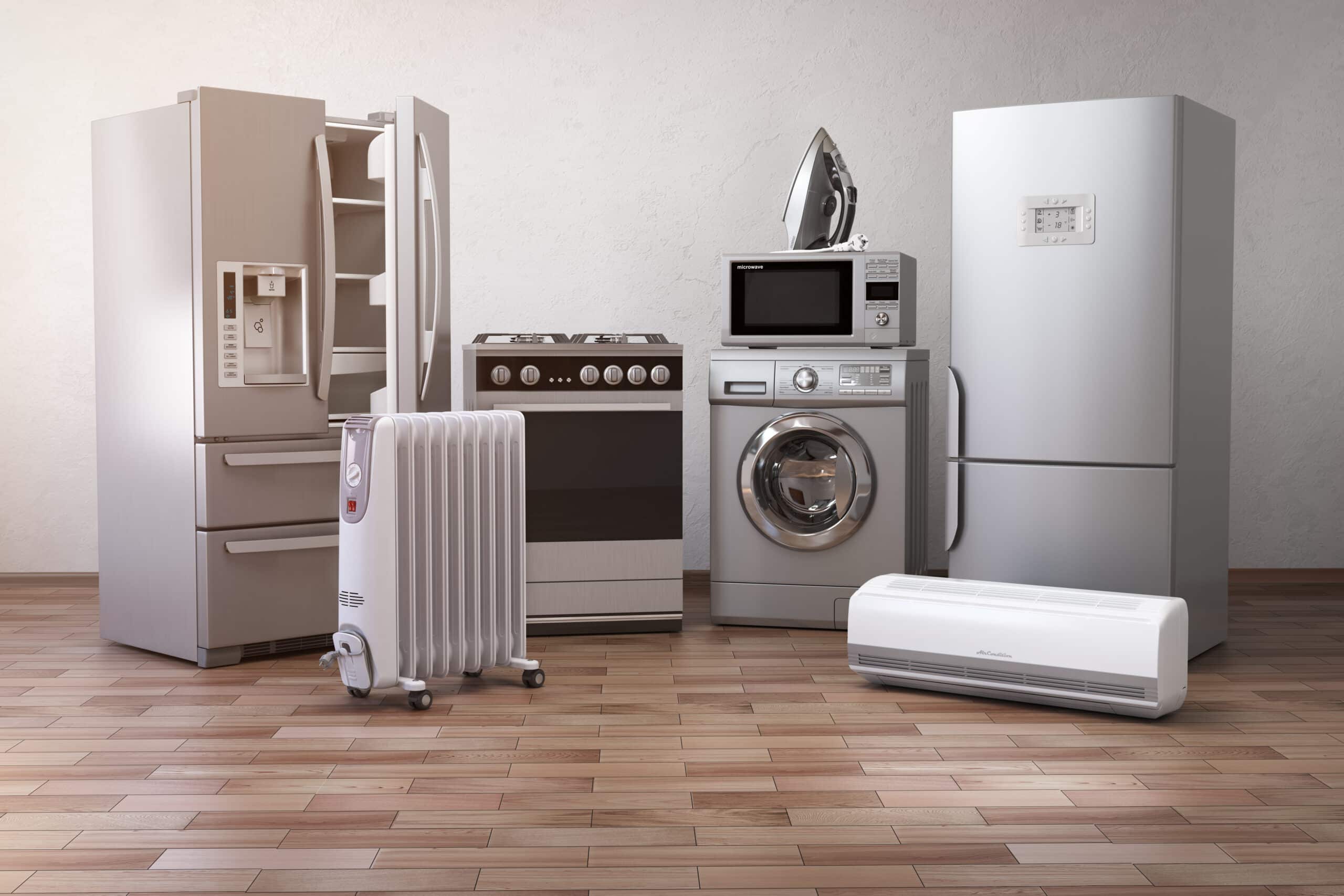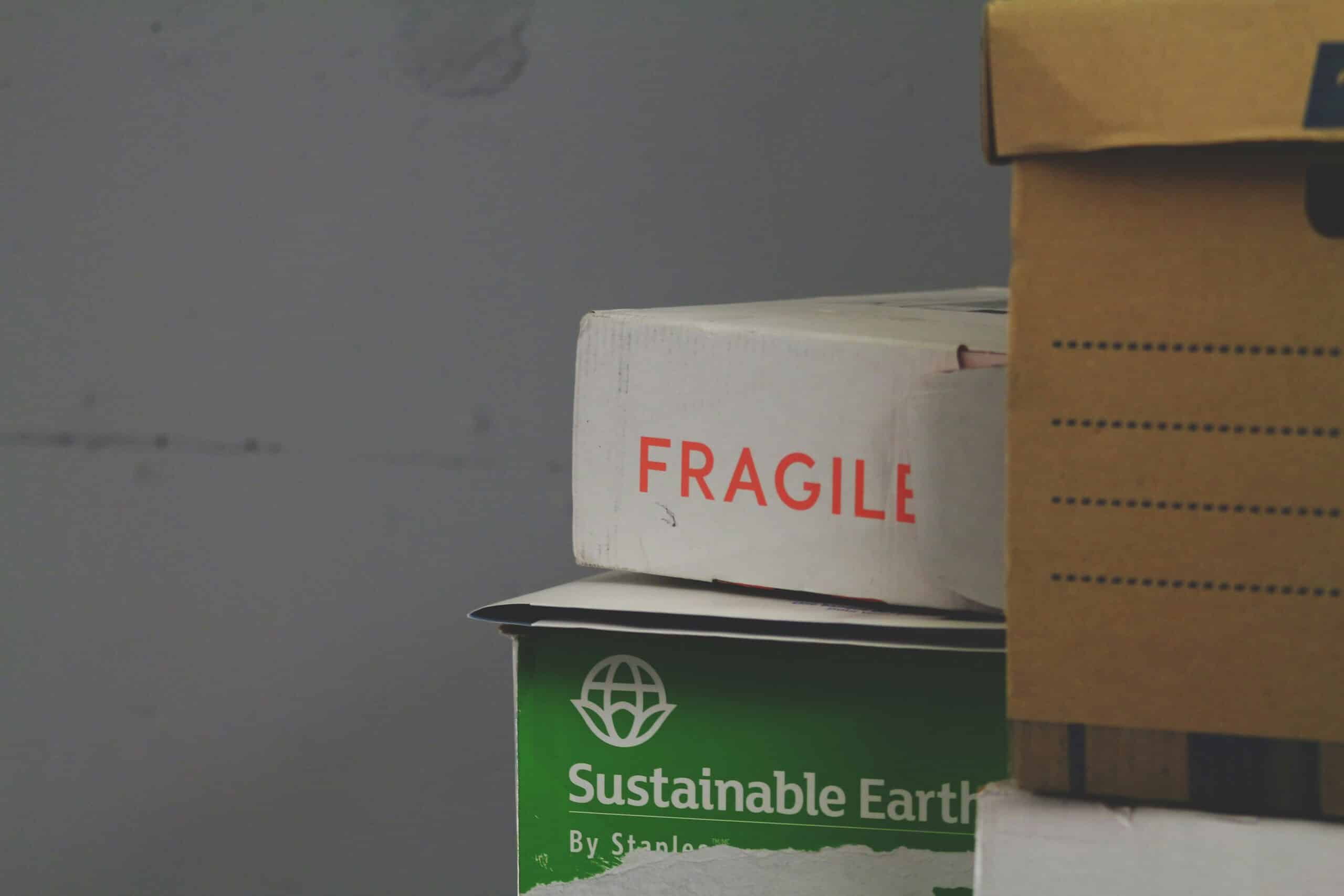When moving to a new home, it’s easy to focus on packing up your clothes, furniture, and personal items. However, how to pack appliances for moving is equally important. If you don’t want to hire professional movers to pack your appliances, then handling your appliances with care prevents damage and ensures that they’ll work correctly when you unpack them.
In this guide, we’ll walk you through the steps to prepare your appliances for a smooth, damage-free move.
Cleaning and Unplugging Appliances
Before moving any appliance, it’s important to give it a good cleaning and safely unplug it. Proper cleaning will prevent odors and build-up, making the moving experience easier for everyone involved.
Cleaning Refrigerators, Ovens, and Other Appliances
Over time, grease, grime, and food particles build up in ovens, microwaves, and refrigerators. If not cleaned before moving, these residues can create unpleasant odors, attract pests, and may be more difficult to remove after transit. Here’s a quick cleaning guide for these common appliances:
Refrigerators: Empty all contents, remove shelves and drawers, and wipe down the interior with warm, soapy water. This prevents odors and build-up, making the fridge fresh for when you reach your new home.
Ovens: Clean the oven interior with an oven-safe cleaner, removing any grease and food particles that could harden or cause odors. Be sure to clean the racks and other removable parts separately.
Dishwashers: Run a hot cycle with vinegar or dishwasher cleaner to eliminate any lingering food particles or smells. Dry the interior with a cloth to prevent mildew.
Washing Machine: Run a cleaning cycle with hot water and a washer cleaner or a cup of vinegar to remove detergent residue and odors. Afterward, dry the drum and leave the door open to air it out. Remove any small parts, like fabric softener dispensers, and pack them securely.
Dryer: Clean the lint trap and the dryer vent (if possible). Wipe down the drum to remove dust and any fabric softener residue. Ensure the drum is completely dry before closing.
Unplugging Appliances
To prevent damage, always unplug appliances carefully. Grip the plug itself instead of yanking the cord. Once unplugged, coil the cords neatly and tape them to the side of each appliance. This avoids tripping hazards and keeps the cords safe during the move.
Defrosting Freezers and Refrigerators
If you’re moving a freezer or a refrigerator, defrosting it at least 24 hours in advance is essential to avoid leaks and water damage.
- Unplug the Appliance: Begin by unplugging the refrigerator or freezer from the wall.
- Empty Contents: Take out all items from the fridge and freezer, including shelves, drawers, and ice trays.
- Allow to Defrost: Leave the doors open to let the appliance defrost naturally. This may take several hours, so it’s best to plan for at least a day.
- Dry the Interior: After defrosting, use a towel to dry all surfaces. This prevents any leftover water from leaking during the move.
Disconnecting Appliances Safely
Once your appliances are clean and unplugged, the next step in how to pack appliances for moving is safely disconnecting them. If your appliances are connected to water lines (such as dishwashers or fridges), you’ll need to carefully disconnect them. Here are some tips to help you safely manage water and gas connections:
Water Lines: Turn off the water valve before disconnecting any hoses. You may want to have a bucket or towel nearby to catch any remaining water in the lines.
Gas Lines: If you have a gas stove, or other gas appliances, it’s crucial to turn off the gas connection before attempting to disconnect anything. For safety, it’s usually best to hire a professional for this step, as gas leaks can be dangerous.
Preparing Appliances for Transit
After cleaning and safely disconnecting your appliances, it’s time to prepare them for transit. Securing movable parts and packing smaller components carefully will help ensure that your appliances arrive at their destination without harm.
Securing Doors and Movable Parts
During transit, doors and movable parts like trays and drawers can shift, potentially causing damage. Here’s how to keep everything securely in place:
- Refrigerator and Freezer Doors: Use strong tape or bungee cords to keep doors closed. Avoid taping directly to appliance surfaces if possible to prevent sticky residue.
- Oven and Dishwasher Doors: Tape oven and dishwasher doors shut to avoid accidental opening.
- Washing Machine Drums: If your washing machine has transit bolts to stabilize the drum, be sure to install them. These bolts help prevent internal damage during movement.
Wrapping Appliances
Wrapping appliances provides an extra layer of protection against scratches and dings during the moving process. Here are some materials and tips for wrapping:
- Protective Wrap: Use moving blankets, bubble wrap, foam, packing paper, or furniture pads to cover larger appliances, such as refrigerators, ovens, washers, and dryers. Secure the wrapping with moving tape to hold it in place.
- Edge Guards: If possible, use edge protectors or foam for any corners, especially on metal appliances, to prevent dents or scratches.
Packing Small and Removable Parts
Many appliances have removable parts, such as refrigerator shelves, oven racks, and microwave turntables. These items need special care during a move.
- Trays and Shelves: Remove all trays, shelves, and drawers, and wrap each piece individually in protective material like bubble wrap or towels. This prevents them from breaking during transit.
- Labeling Parts: For easy reassembly, place all removable parts and screws in a labeled bag. Keep these bags in a box marked for each specific appliance, so you’ll know exactly where to find them when it’s time to set everything up.
Packing in Boxes
For smaller appliances, packing them in boxes can help protect them during transit. If you still have the original packaging, this is ideal since it’s usually designed for maximum protection. Otherwise, use sturdy moving boxes in the appropriate size.
For items like microwaves, toasters, or blenders, place them in appropriately sized boxes. Wrap each appliance in bubble wrap and fill any empty space in the box with packing paper to keep it stable.
How to Pack Appliances for Moving Checklist
Use this quick checklist to make sure your appliances are prepped, safe, and ready for your move:
Cleaning and Unplugging
- Clean the interior and exterior of all appliances
- Empty the refrigerator, remove shelves, wipe down with soap and water
- Clean oven racks with oven-safe cleaner
- Run a hot cycle with vinegar in the dishwasher
- Run a cleaning cycle on the washer
- Clean the lint trap on the dryer
- Carefully unplug all appliances from outlets
Defrosting Refrigerators and Freezers
- Unplug the refrigerator and freezer at least 24 hours before moving
- Remove all food, ice trays, shelves, and drawers
- Allow to fully defrost with doors open
- Dry all interior surfaces with a towel to prevent leaks
Disconnecting Appliances Safely
- Shut off water valves, disconnect hoses, and prepare towels for any remaining water
- Turn off the gas and have a professional disconnect the gas lines
- Unplug cords carefully, avoid yanking, and tape them securely to the appliance
Preparing Appliances for Transit
- Tape or use bungee cords to secure appliance doors (such as fridge, oven, and dishwasher)
- Check manufacturer’s guidelines for securing loose parts, such as washing machine drums
- Wrap trays, shelves, and drawers in protective material
- Place removable parts and screws in labeled bags or boxes for each appliance
Conclusion
Knowing how to pack appliances for moving properly ensures they stay safe and ready for immediate use in your new home. By following these steps—cleaning, unplugging, disconnecting, securing, and packing—you’ll protect valuable appliances from damage and make unpacking simpler. With a bit of planning and care, your appliances will be set to serve you well in your new home.









